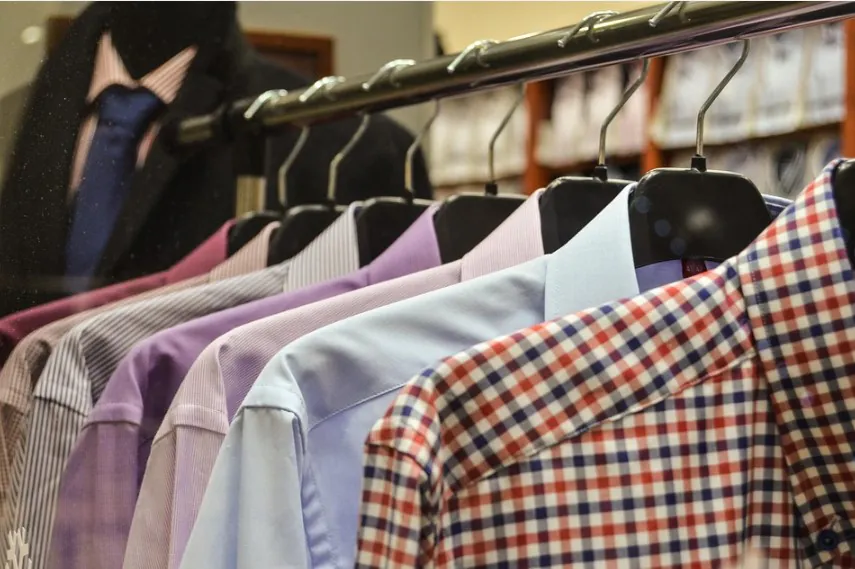
Smart textiles might be a new segment in the global textile and apparel industry, but its staggering growth rate over the last few years has proven its potential to be one of the biggest sectors in the global textile market. Today, smart textiles are widely used in diverse industries like military and protection, architecture, sports and fitness, transportation, fashion and entertainment, and medical. It is believed that with increasing demand and usage across the world, the global smart textile market will continue its strong and steady growth in the future.
According to a report from Grand View Research, the global smart textiles market size was valued at USD 544.7 million in 2015, and it is expected to reach USD 4.72 Billion by 2020, with a CAGR of 33.58% between 2015 and 2020. The growth is mainly driven by the uptrend in the wearable technology industry, increasing demand for sophisticated electronics, miniaturization of electronic components, and the rapid growth of wireless sensor networks. The increasing adoption of smart textiles across numerous applications, such as sports and fitness, defense and military, are predicted to be the fastest growing categories for the market.
Currently, the military application of smart textiles is the largest market segment, with a share of around 25.8% of the global smart textiles market recorded in 2015. Sports and fitness is the second largest segment in the global smart textiles market. From smart shirts that record heart rate to intelligent bands that track physical activities, smart textiles in the form of fitness monitoring devices have a great deal of demand from health-conscious people. There is also an increasing demand for smart textiles in the architecture and automotive industries.
As for the regional smart textiles markets, North America and APAC are expected to have the fastest growth rate over the next five years. Although North America remains the world’s largest smart textile market, representing over 45.5% of the global market revenue, APAC is projected to grow faster with a CAGR of 25.9% by 2020, driven by China, India, and Japan, with their growing economy and low-cost raw materials and labour.
China and India are two of the major manufacturers of smart textiles in APAC market, as they are the largest producers of manufactured fibers, and are expected to dominate the global smart textiles market in the near future.
Despite the fact that the higher costs of smart textiles compared with other textiles may hinder the further development of the industry, the future of smart textiles still seems bright. New trends such as the use of nanotechnology, the incorporation of BLE technology, and the growing demand for lightweight and flexible fabrics will further contribute to the growth of global smart textiles markets.
Thousands of world’s leading textile and apparel companies can be in your contact list if you register for 91��Ƭ�� today! Whether you are looking for reliable suppliers, top textile manufacturers, wholesalers and potential customers in over 70 major countries, or want to find out what your competitors are buying and which suppliers they’re using, 91��Ƭ�� can help you reach out to sales prospects and decision-makers in the textile industry across the globe.
Register for free now to build your own network of global textile companies on 91��Ƭ��




Technology significantly changes the textile supply chain. Conventionally it takes 4 to 6 months for products to be manufactured and delivered to customers. It is a long and tough process for manufacturers to collect sales data and to understand market trend. With all the online apps available, it is convenient for us to plan and collect data about new products launched.